New York is a city built on reinvention. But no street in its five boroughs wears its scars quite like the Bowery. This legendary stretch in Lower Manhattan has been everything — a Native American trail, farmland, an upscale boulevard, a battlefield for gangs, a slum of despair, an artistic haven, and finally, a birthplace of punk rock. Through all its transformations, one truth remains: the Bowery never fakes it. These 44 raw images capture its essence across centuries — brutal, beautiful, and heartbreakingly real.
“Specimen Bowery Boys” – The Birth of the Gangs (Mid-1800s)
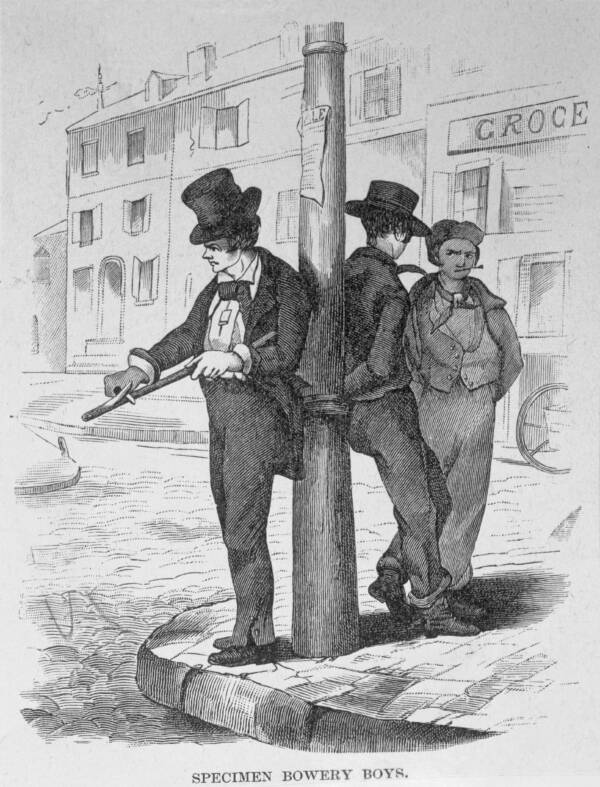
An engraving of three tough young men on a street corner embodies the infamous Bowery Boys, a nativist gang that terrorized lower Manhattan. They were brawlers, patriots, and street legends.
Third Avenue El Looms Large (1878)

The elevated railway — or “El” — cast iron shadows over the Bowery. It brought progress and chaos. Businesses beneath it choked in soot and noise, marking the start of the Bowery’s gritty descent.
Video: The Real Five Points, The Neighborhood That Inspired ‘Gangs of New York’
Sunlight Fades – Bowery, Circa 1884
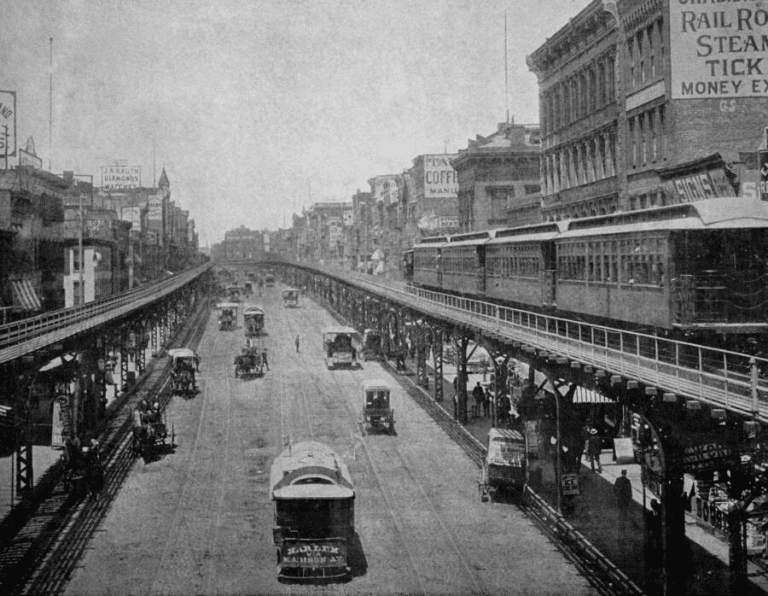
By 1915, two more tracks blocked daylight from reaching the street below. Once sunny, the Bowery grew dark — literally and metaphorically.
Steve Brodie’s Bar – A Rough Haven (1887)
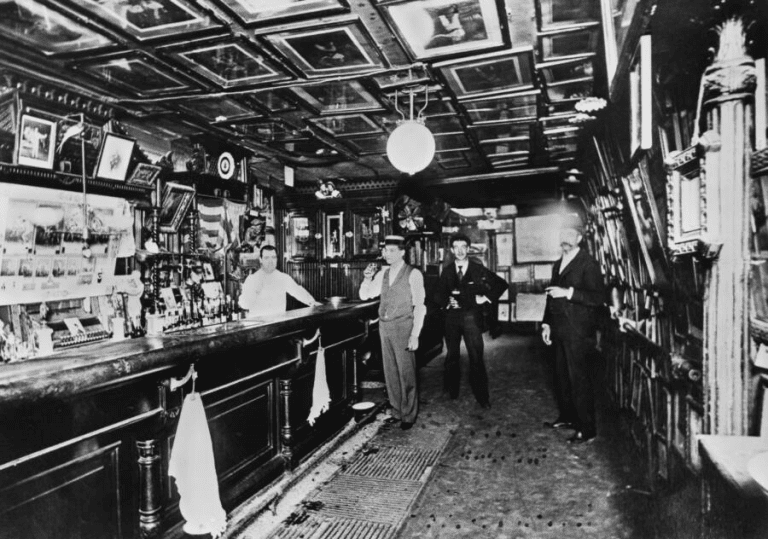
Between Hester and Grand, Steve Brodie’s Tavern served up cheap drinks and tall tales. It was a hangout for hustlers, gamblers, and working men chasing a quick buck.
Short Tail Gang Under the Pier (1887)
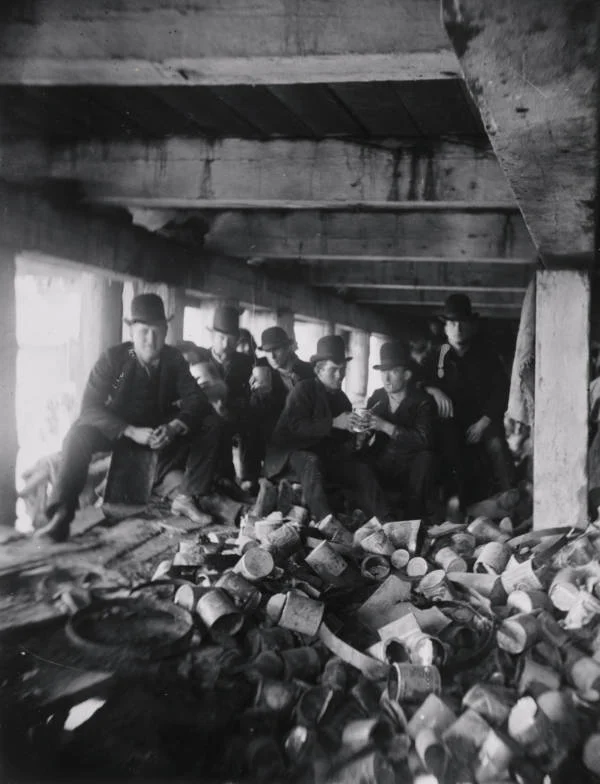
One of the Five Points’ most feared street gangs — the Short Tails — were photographed lurking beneath a pier. Youthful, shirtless, and menacing, they were the city’s future… and its problem
Bandit’s Roost – A Name That Says It All (1888)
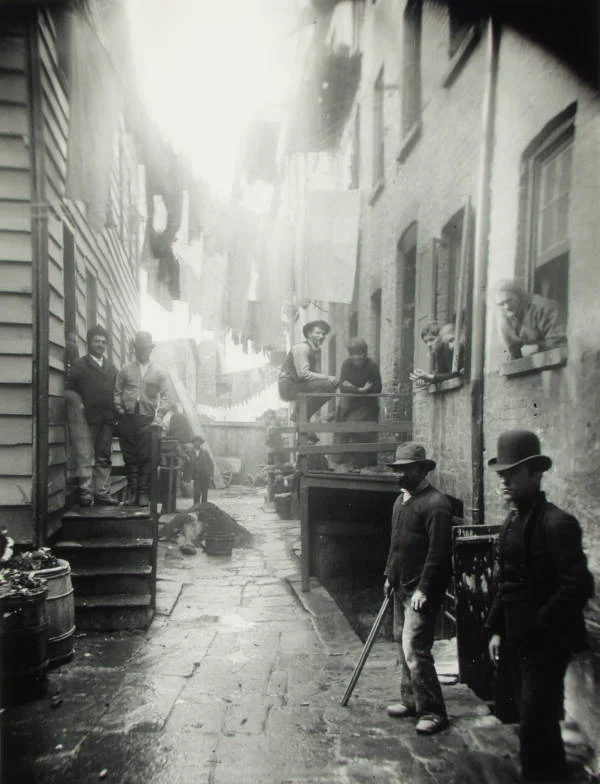
Jacob Riis captured the alleyways of Mulberry Bend, where the worst poverty in America thrived. This maze of danger and decay became iconic.
Video: Survival in New York’s brutal FIVE POINTS Slum (The Bend on Mulberry Street)
Broome Street Dive Bar (1888-89)
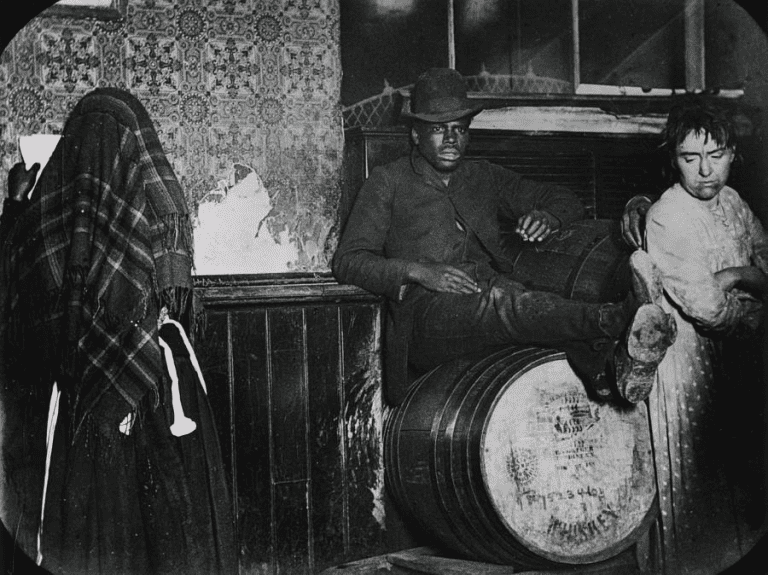
Dark and grimy, this saloon was one of many that lined the Bowery, offering escape for a nickel and oblivion for a little more.
Tenement Sweatshop on Ludlow Street (1889)
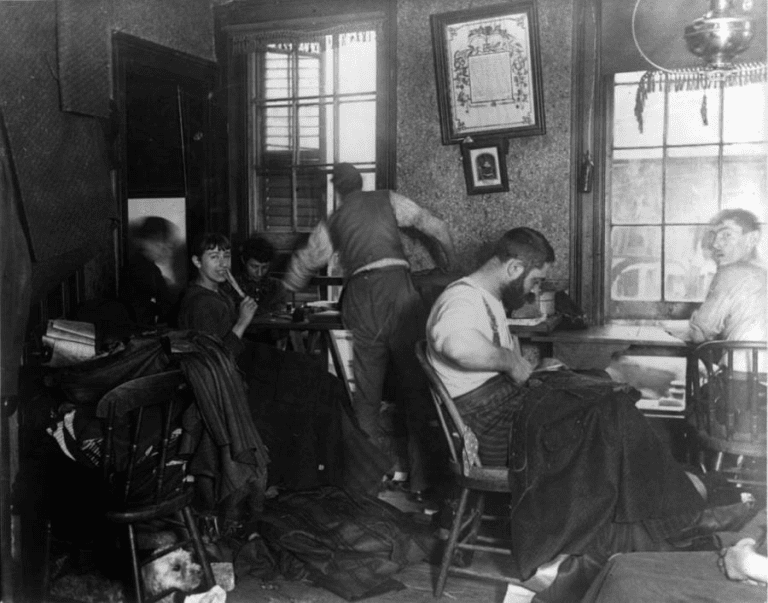
Tiny rooms. Long hours. Cramped bodies. Workers toiled day and night sewing, coughing, and surviving in these unsafe conditions.
Five Points Street Life (1890)

One man walks alone down a street that symbolized chaos, danger, and hopelessness. This was no place for tourists.
Sabbath on Ludlow Street (1890)
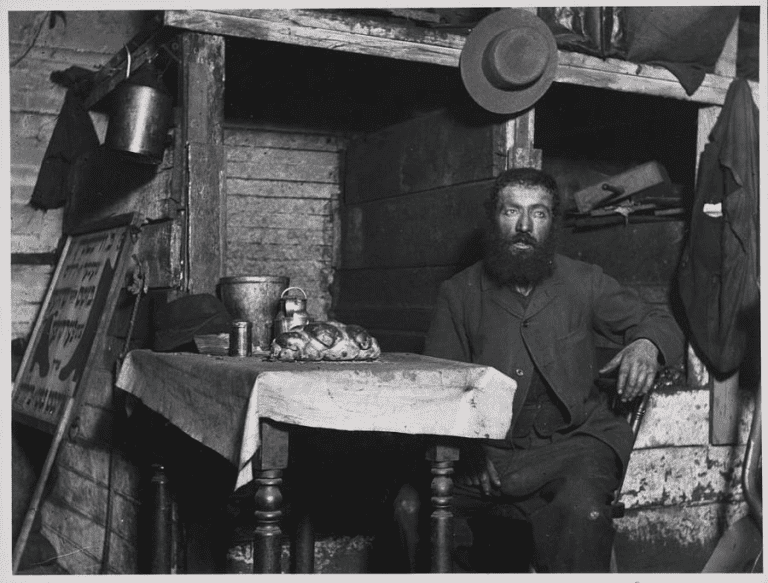
A quiet, spiritual moment in the middle of the Lower East Side shows the resilience of immigrant life — faith amid filth.
Italian Immigrant Beneath the Dump (1890)
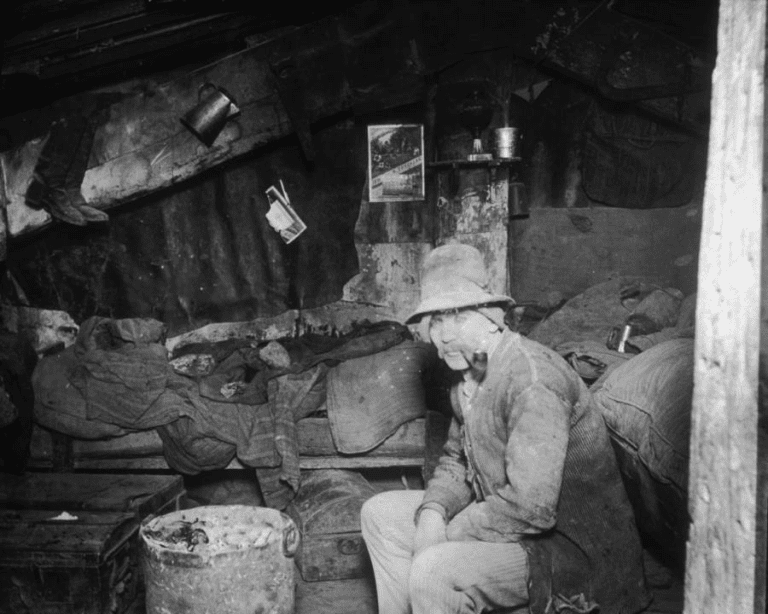
A man smokes calmly beneath a pile of garbage. His home? The streets. His struggle? Daily survival.
Women at the Elizabeth Street Station (1893)
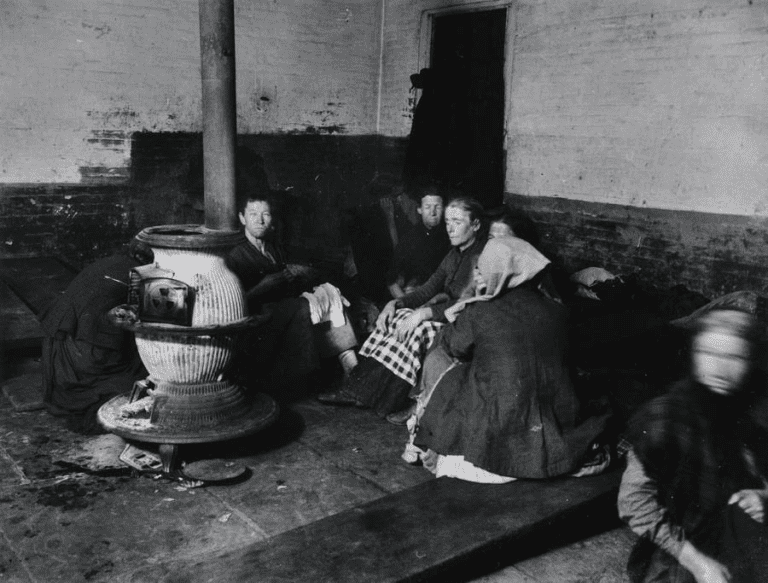
These women, possibly arrested or seeking aid, reflect the Bowery’s role as a stage for both law enforcement and human hardship.
Delancey Street Vacant Lots (1895)

Looking east toward the Williamsburg Bridge, empty space marks the churn of progress — and the displacement that comes with it.
A Crowded Bowery Scene (1900)
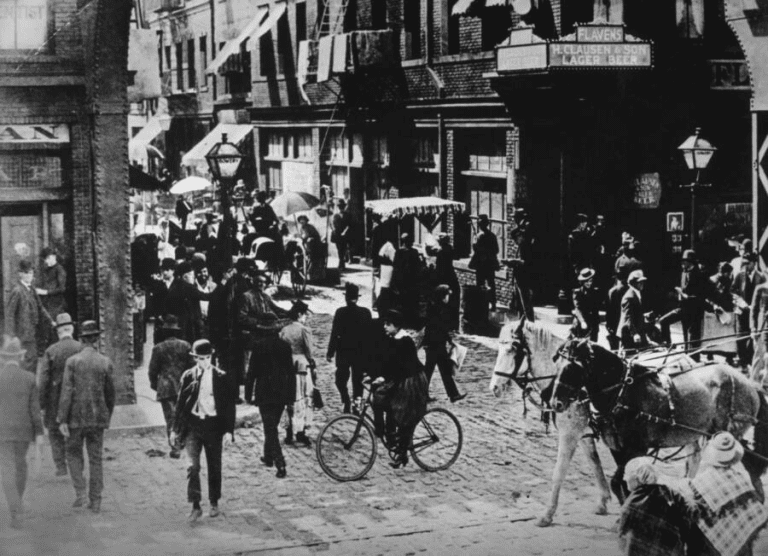
The streets buzzed with carriages, vendors, and noise. The Bowery was alive, if not thriving.
Free Coffee Mission Line (1908)
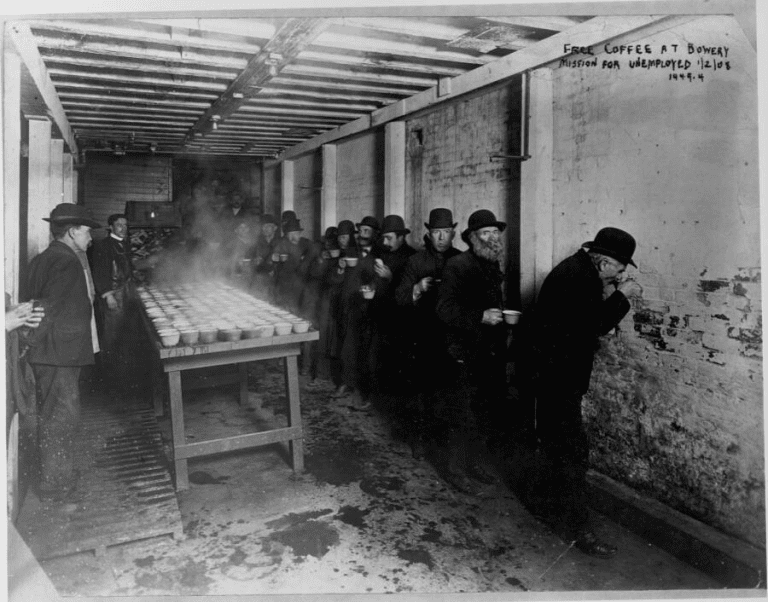
Men lined up not for work, but for warmth and caffeine. The Bowery Mission became a lifeline for thousands.
The Five Cent Restaurant (1910)
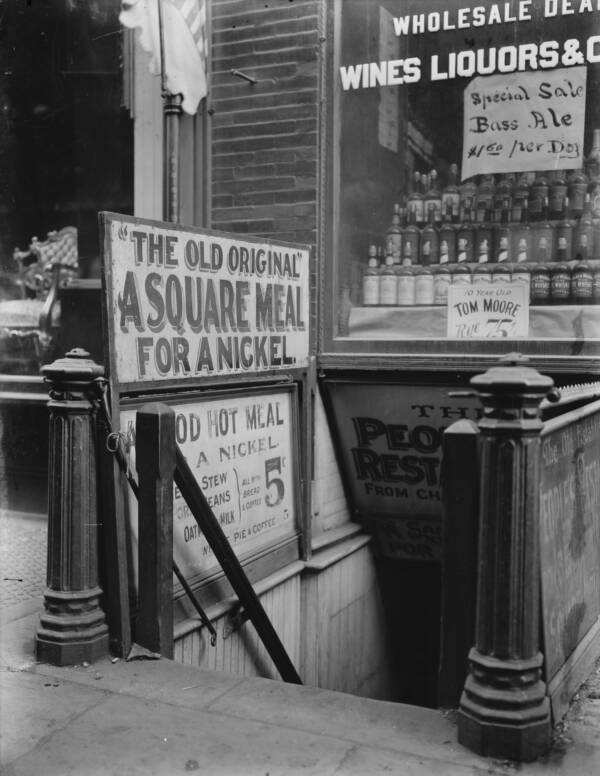
Inside, patrons could get soup, bread, maybe a meat pie — all for a nickel. But dignity? That cost extra.
Jobless Men Wait on Water Street (1910)

The early 20th century saw economic despair. These men, eyes down, lined up for any scrap of work.
Food Cart on the Lower East Side (1917)
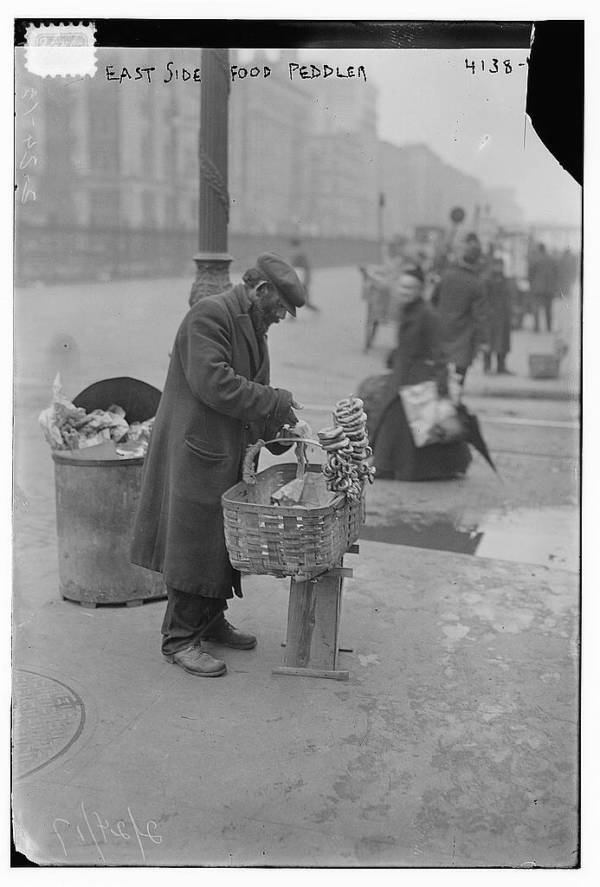
Entrepreneurship in poverty. A street vendor sells survival one bite at a time.
Gangster Louis Riggiona’s Final Rest (1930-31)

Murdered and dumped in Mulberry Street, Riggiona was a brutal reminder that the Bowery still had bite.
Great Depression: Bowery YMCA Housing (1930)
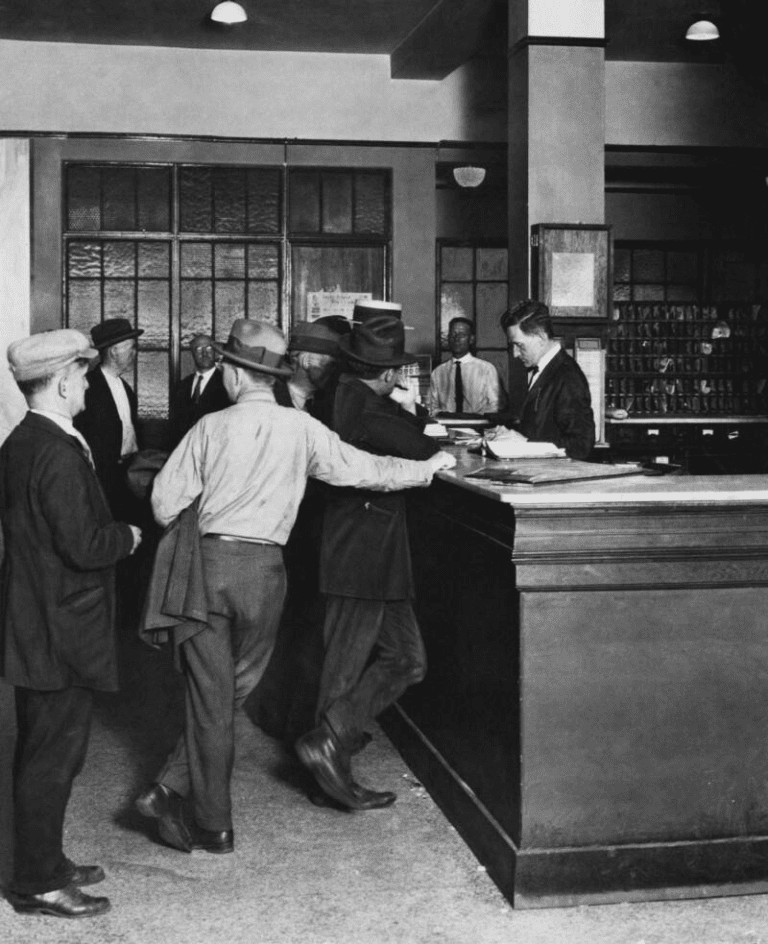
Homeless men pleaded for beds at the YMCA — one of the few safe places left during economic collapse.
Barrel-Wearing Protest (1934)
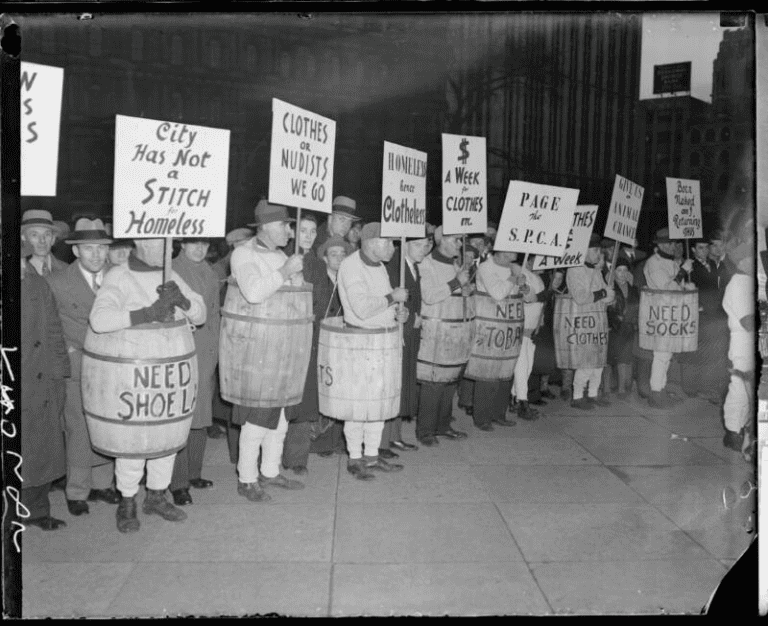
With nothing but underclothes and barrels, unhoused men protested for clothing — or $1 a week to buy some.
Thanksgiving at the Bowery Tabernacle (1935)
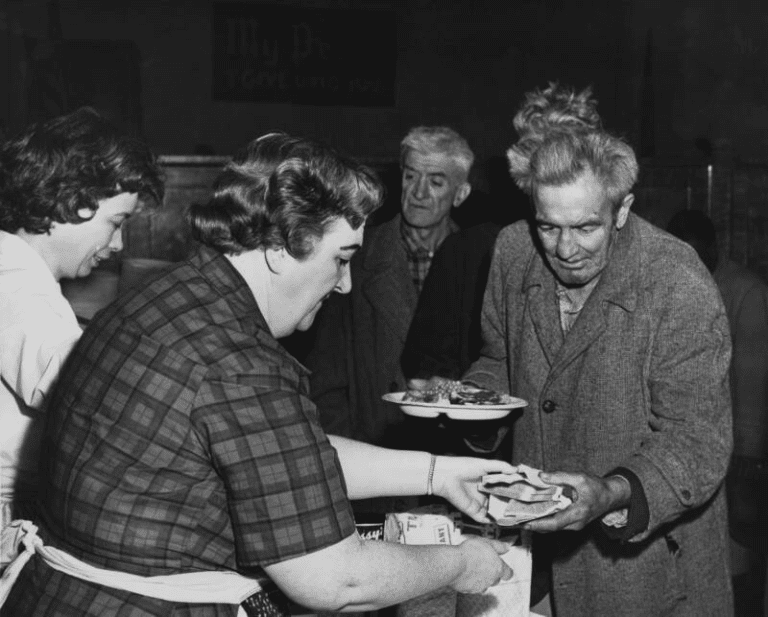
Volunteers of America served meals to the poor. Even in suffering, community showed up with compassion.
Shantytown Smokers (1935)

A shantytown outside the Bowery Mission housed the forgotten. Cigarettes offered a break from bleakness.
Crowds at the Bowery Mission (1935)
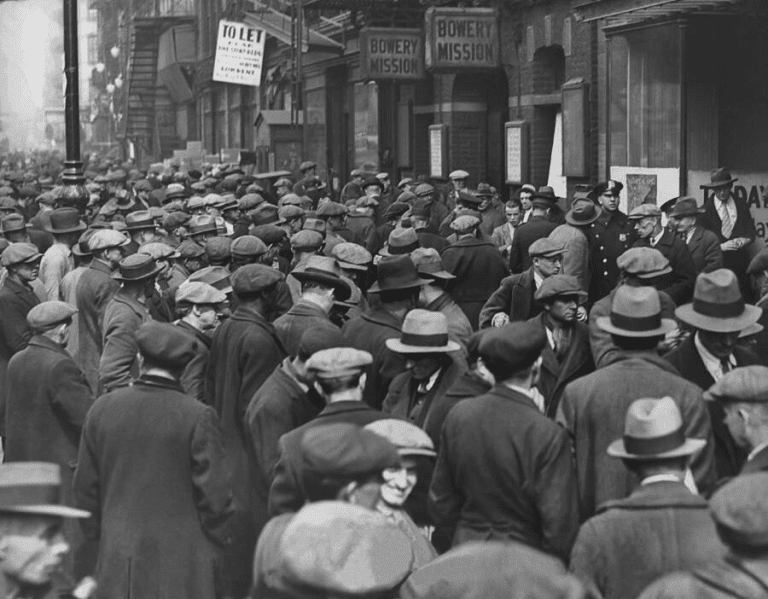
Hope stood in long lines outside the Mission. Bread, shelter, maybe a prayer.
McSorley’s Ale House (1937)

Operating since 1854, McSorley’s was more than a pub — it was a historical anchor in a sea of change.
Street Sleepers in the 1940s
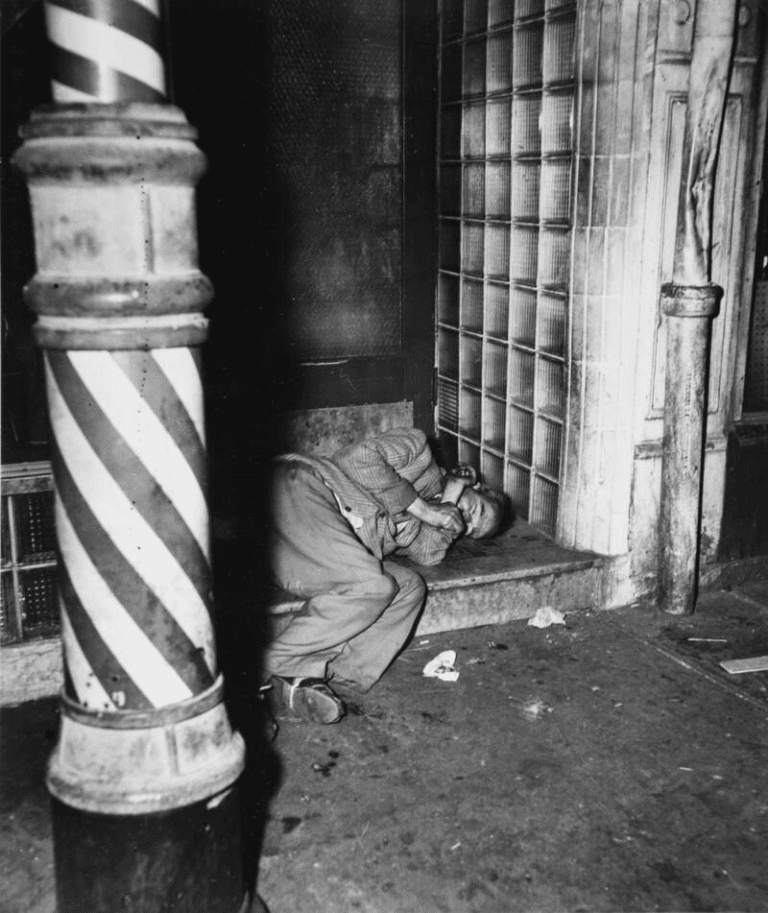
As war raged overseas, the Bowery’s war was daily and internal. Men slept where they fell.
Mildred Hull, Tattoo Trailblazer (1940)

NYC’s first female tattoo artist owned the Bowery’s “Tattoo Emporium” — ink, rebellion, and independence.
Foiled Robbery at Pool Room (1942)
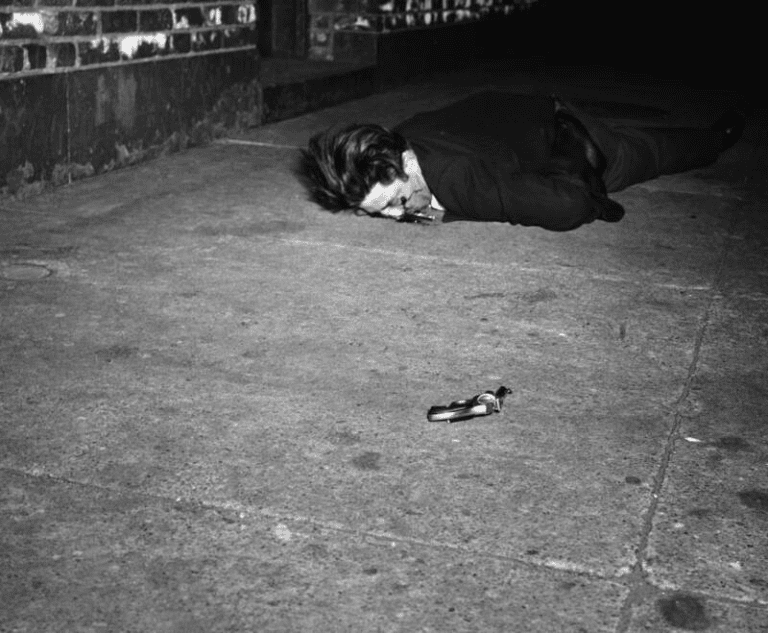
Would-be thief Andrew Izzo met his end in a Bowery pool hall after a plainclothes cop stopped his plan cold.
Sammy’s Bowery Follies (1943)

A dive like no other, Sammy’s called itself the city’s “most un-exclusive club” — booze, brawls, and burlesque.
Sidewalk Sleepers in the 1950s

Alcoholism and homelessness kept many on the street. The Bowery showed no mercy.
Drinking Under the El (1955)
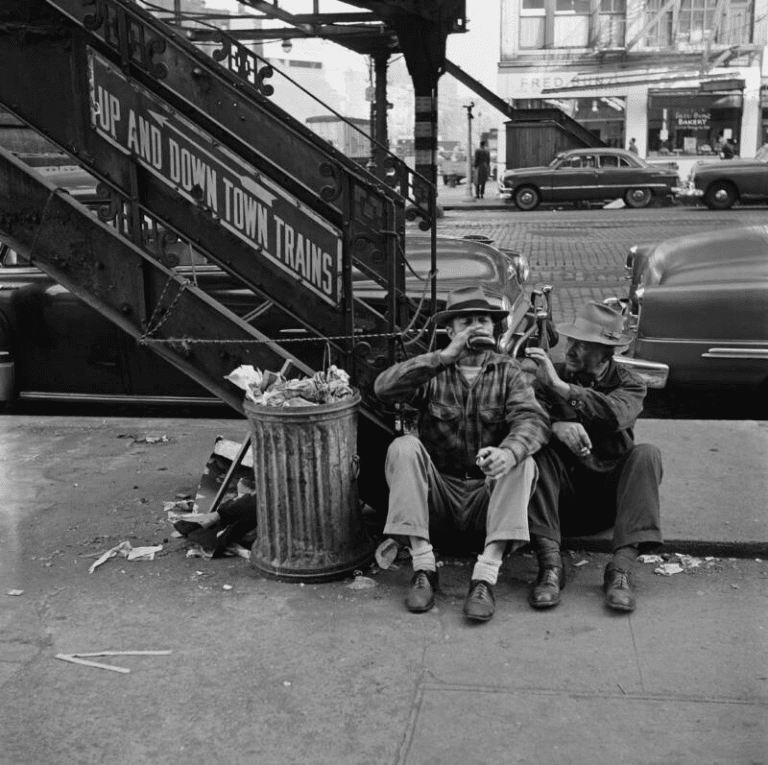
As the El came down, two men shared a drink in its shadow. Their smiles? Just a moment of peace.
A Snapshot of the Bowery (1961)
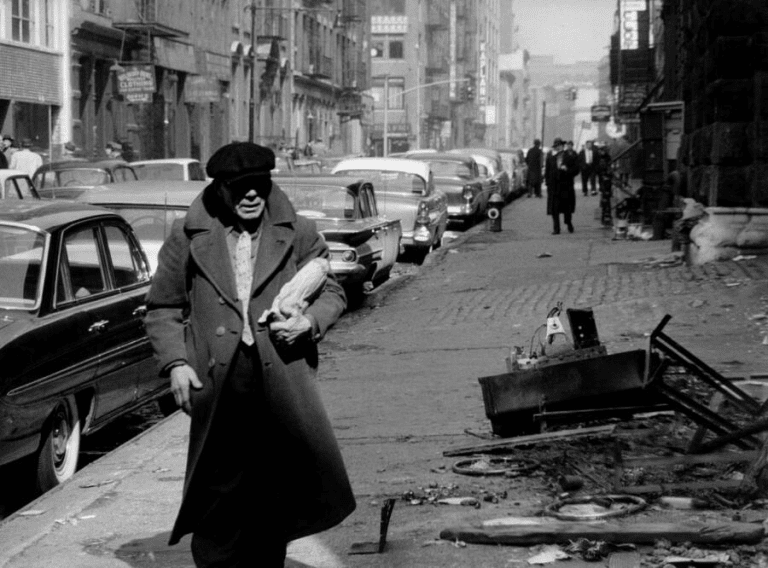
Old storefronts, chipped signs, people in motion. Grit met decay in every frame.
Poison Warnings and Desperation (1963)
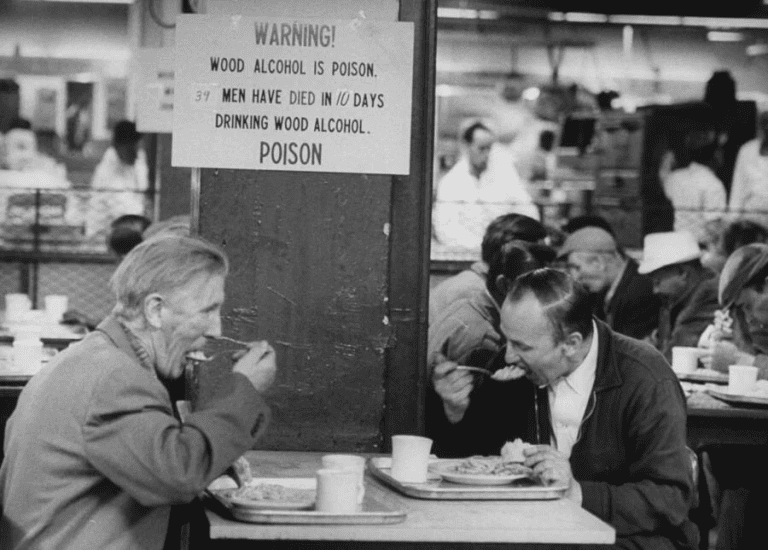
Wood alcohol killed scores of unhoused men. Posters warned: “Don’t drink death.”
Message in the Background (1966)
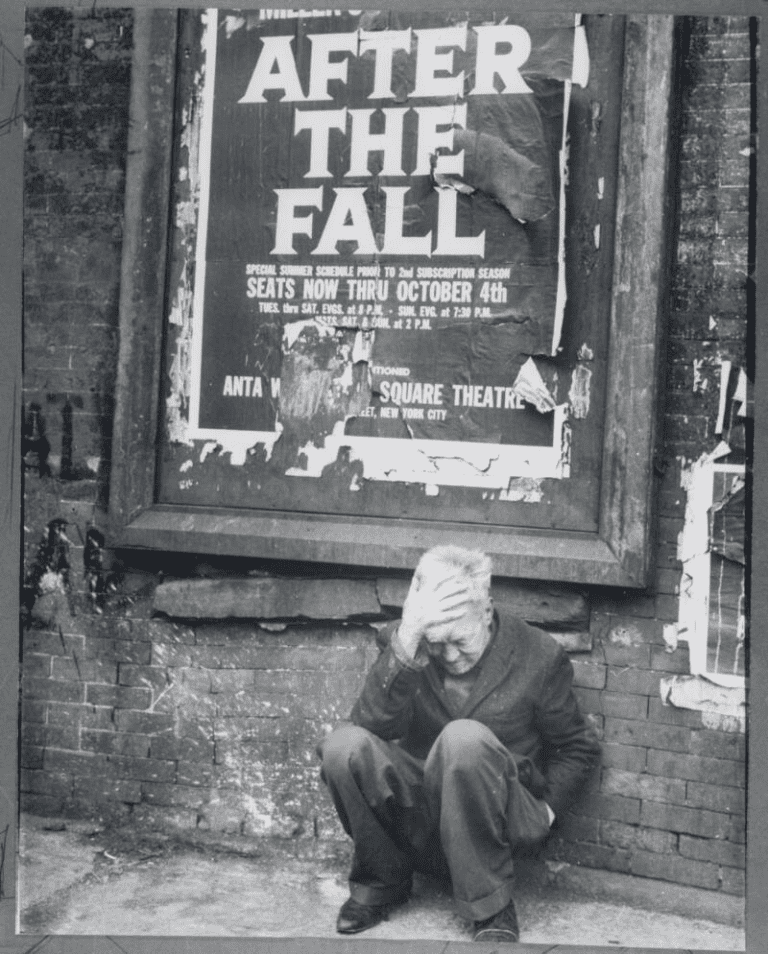
A man sits, broken, in front of a wall that reads “God is Love.” Irony and tragedy, side by side.
Flophouse Front Porch (1967)

This was “home” for many. No bed. No warmth. Just brick, air, and exhaustion.
Women in the East Village (1967)
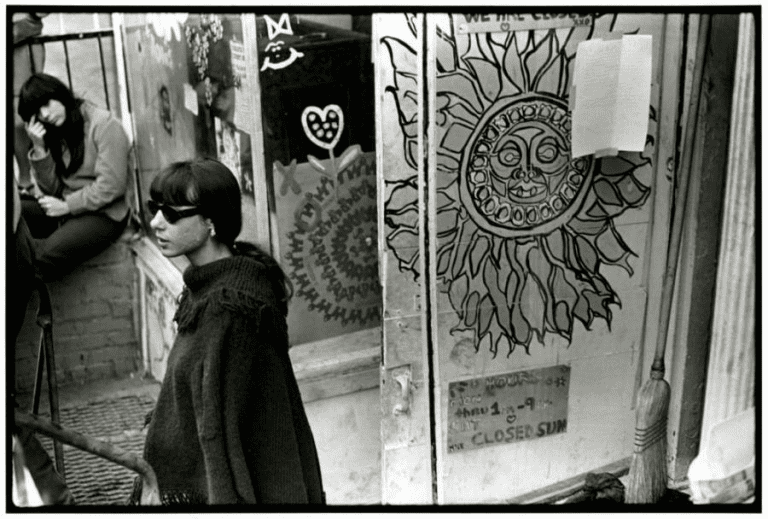
Bright, bold, and barefoot — these women were the Bowery’s new generation, unafraid to take up space.
Rainy Day Joy in Tompkins Square (1967)
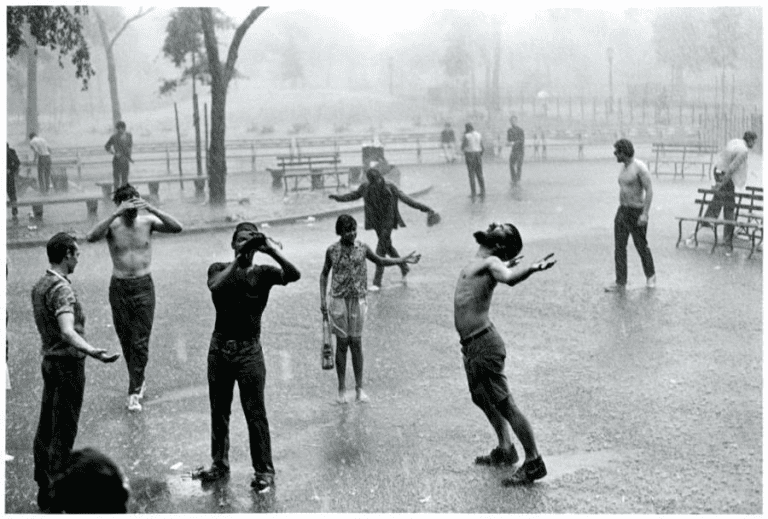
Kids played in puddles. The street may have been hard, but joy still found cracks to bloom in.
Gang Violence and Police Bookings (1969)

After a rival gang member was burned alive, the East Village bled again. The cycle continued.
Street Sleepers in the 1970s
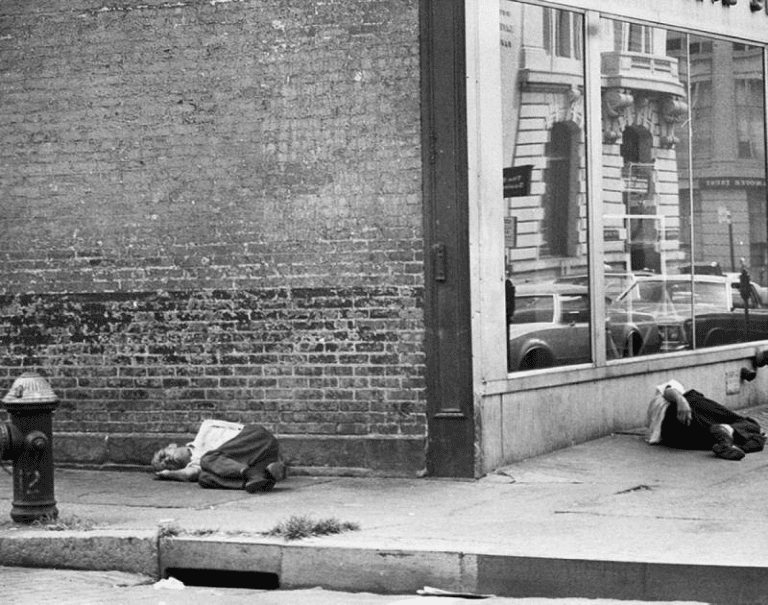
The poverty persisted. Hope? Fading. Addiction? Rampant. Beds were sidewalks.
Residents Connect Outside (1970s)
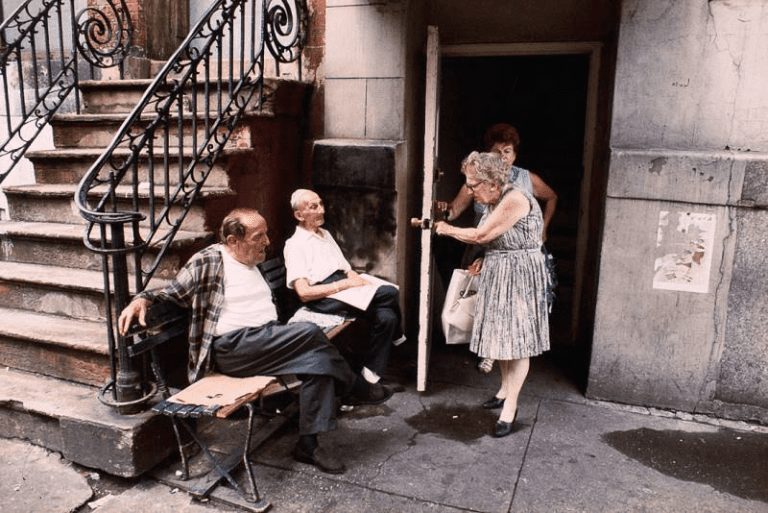
Neighbors chatted. Life continued — often overlooked, rarely easy.
S*x Work on the Bowery (1970s)
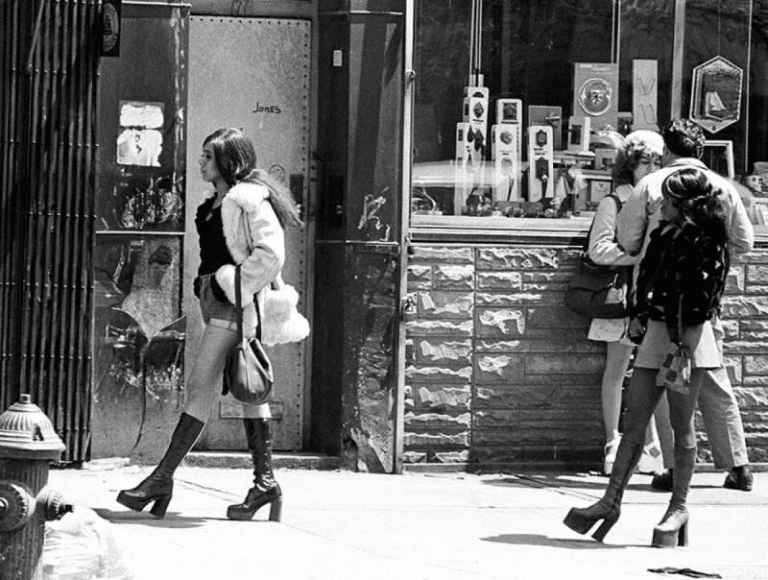
In 1976, over 2,400 prostitution arrests told the story: survival had its price.
Hells Angels Raided (1978)

After a teen was allegedly kidnapped and raped, police raided the motorcycle gang’s Bowery HQ. The street had no shortage of mayhem.
CBGB on Valentine’s Day (1983)
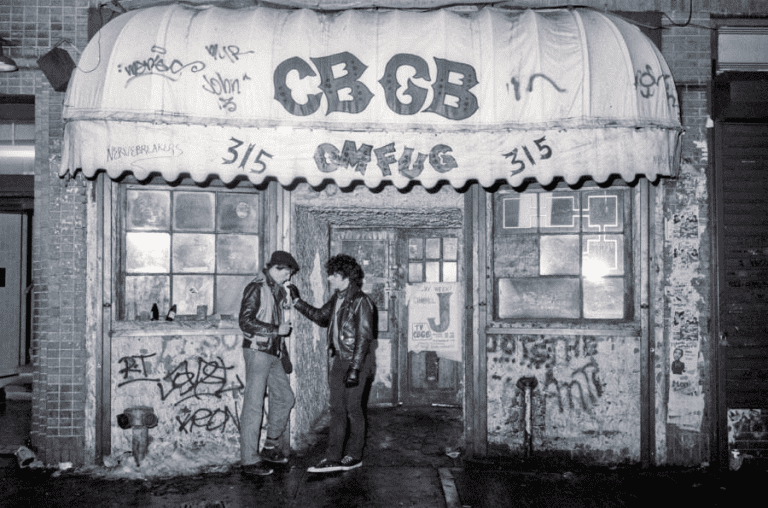
Two leather-clad punks outside CBGB — the heart of rebellion, still beating hard.
Vietnam Veteran Holds a Sign (1984)

Decades after war, this vet held a sign in the Bowery. Forgotten by systems, remembered by struggle.
Conclusion: The Bowery’s Past Still Breathes Beneath Its Sidewalks
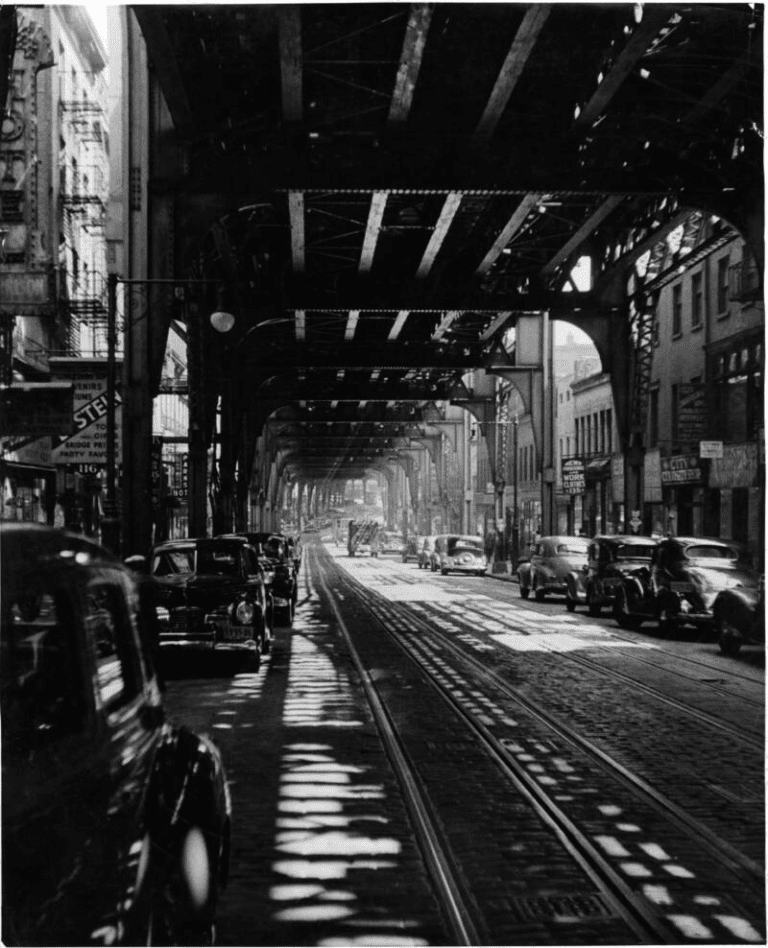
From colonial farms to punk clubs, the Bowery has worn every identity with raw honesty. These 44 images aren’t just pictures. They’re windows into New York’s most defiant soul. Today’s polished façade can’t erase what came before — the crime, the courage, the chaos, and the character. The Bowery didn’t just survive history. It is history.


